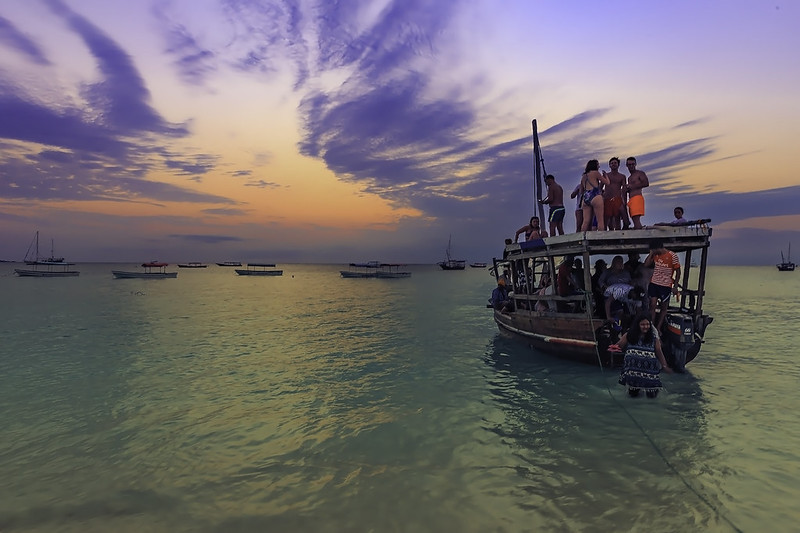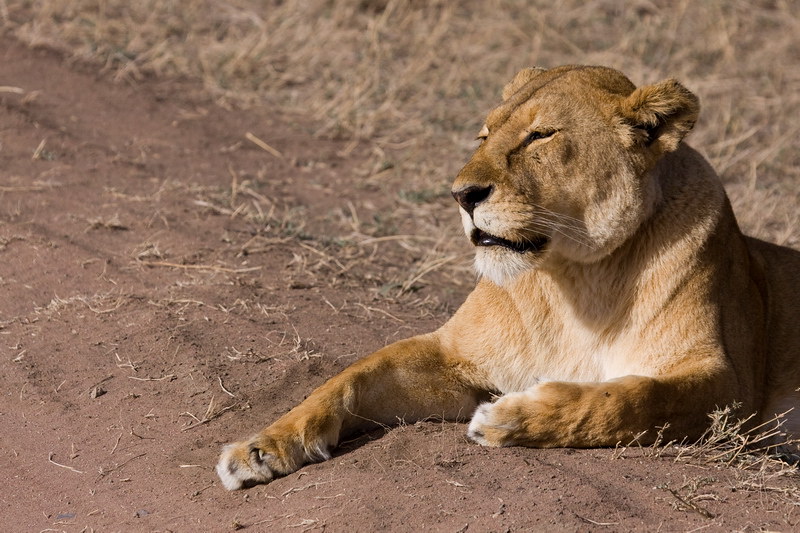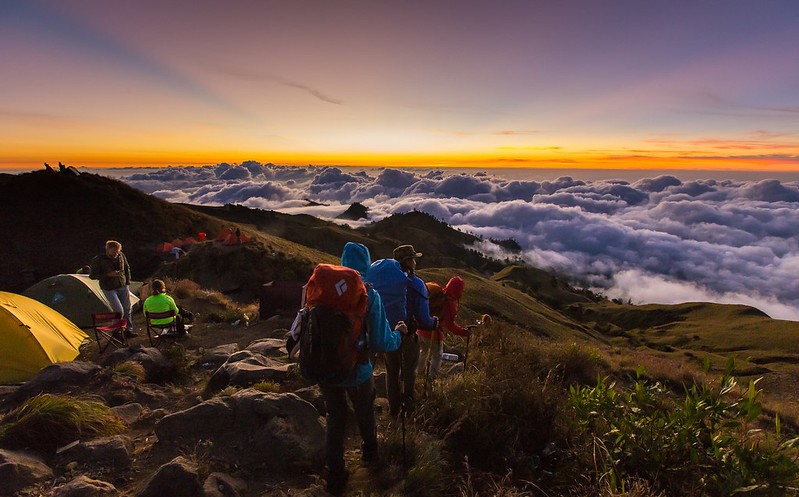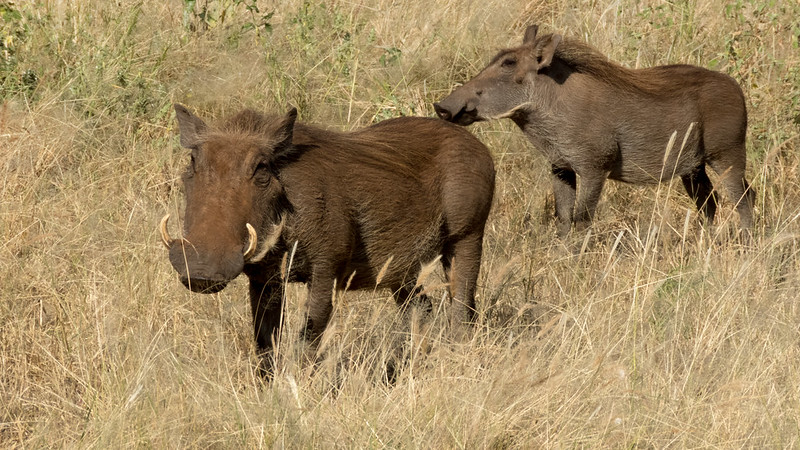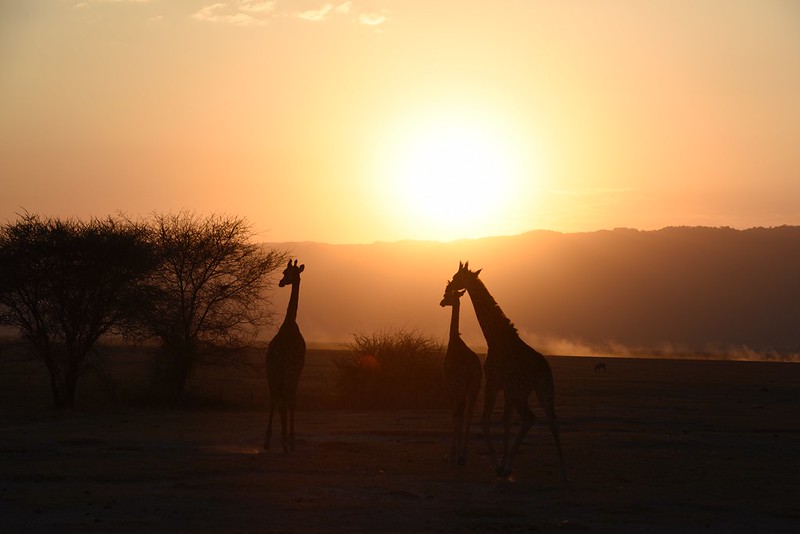The East African coastline, with its rich history, stunning landscapes, and vibrant marine life, offers a unique and unforgettable adventure: Dhow Cruise Safaris. These traditional sailing vessels, known as dhows, have been a symbol of the Swahili coast for centuries, used by traders navigating the waters between Africa, the Middle East, and Asia. Today, they provide a gateway to exploring the coastal wonders of East Africa, blending cultural heritage with natural beauty.
The Tradition of Dhows in East Africa
Dhows are traditional wooden boats with lateen sails, characterized by their elegant, triangular design. They have been part of the East African maritime culture for over a thousand years, playing a crucial role in trade, fishing, and transportation. Crafted by skilled artisans using techniques passed down through generations, these vessels are not just a means of transport but also a living link to the region’s rich history.
Cultural Significance
The dhow is deeply embedded in the Swahili culture, representing a fusion of African, Arab, and Asian influences that have shaped the East African coast. These boats were once central to the trade networks that connected the Swahili city-states with the broader Indian Ocean world, carrying goods such as spices, ivory, and textiles. Today, they continue to be used by coastal communities for fishing and transport, while also offering a unique way for visitors to experience the region.
Modern Dhow Safaris
In recent years, dhow cruises have evolved into a popular tourist activity, allowing travelers to explore the stunning coastlines, islands, and marine parks of East Africa. A dhow cruise safari offers a blend of adventure, relaxation, and cultural immersion, making it a must-do experience for anyone visiting the region.
Top Destinations for Dhow Cruise Safaris in East Africa
East Africa’s coastline is dotted with pristine beaches, vibrant coral reefs, and historic towns, making it an ideal setting for dhow cruise safaris. Some of the top destinations include:
Zanzibar Archipelago
Zanzibar, an archipelago off the coast of Tanzania, is one of the most popular destinations for dhow cruises. Known for its white-sand beaches, crystal-clear waters, and rich cultural heritage, Zanzibar offers a perfect mix of relaxation and adventure. A dhow cruise around Zanzibar allows you to explore the island’s beautiful coastline, visit remote islets, and snorkel in the vibrant coral reefs teeming with marine life.
Pemba Island
Located north of Zanzibar, Pemba Island is another excellent spot for a dhow cruise safari. Pemba is less developed and more secluded than Zanzibar, offering a more tranquil and off-the-beaten-path experience. The island is surrounded by coral reefs and clear waters, making it a paradise for snorkeling, diving, and fishing. A dhow cruise around Pemba offers the chance to explore its unspoiled beauty, visit traditional fishing villages, and enjoy the serenity of its pristine beaches.
Lamu Archipelago
The Lamu Archipelago, off the coast of Kenya, is another fantastic destination for dhow cruises. Lamu Island, the most famous in the archipelago, is a UNESCO World Heritage Site known for its well-preserved Swahili architecture and rich cultural heritage. A dhow cruise around Lamu takes you back in time as you explore ancient towns, visit secluded beaches, and witness the traditional way of life that has remained largely unchanged for centuries.
Mafia Island
Mafia Island, part of the Mafia Archipelago in Tanzania, is a hidden gem for those seeking a more secluded and authentic experience. Known for its rich marine biodiversity, Mafia Island is a paradise for divers and snorkelers. A dhow cruise around the island allows you to explore its untouched coral reefs, swim with whale sharks, and visit the remote islets that dot the archipelago.
What to Expect on a Dhow Cruise Safari
A dhow cruise safari in East Africa offers a unique blend of adventure, relaxation, and cultural exploration. Whether you’re gliding over calm waters under the stars or exploring remote islands, a dhow safari promises an unforgettable experience.
Sailing Experience
One of the highlights of a dhow cruise safari is the sailing experience itself. Dhows rely on wind power, and gliding across the water under sail is a peaceful and meditative experience. The dhow’s traditional design, combined with the sound of the wind in the sails and the gentle rocking of the boat, creates a sense of connection to the past and to the natural world.
Marine Life and Snorkeling
The East African coast is home to some of the world’s most vibrant coral reefs, and a dhow cruise safari offers ample opportunities for snorkeling and diving. The waters are teeming with marine life, including colorful fish, turtles, dolphins, and even whale sharks. Many dhow safaris include stops at prime snorkeling spots where you can explore the underwater world up close.
Cultural Immersion
A dhow cruise is also a cultural journey. Along the way, you’ll have the opportunity to visit traditional fishing villages, meet local artisans, and learn about the Swahili culture. Many dhow safaris include visits to historic sites, such as ancient ruins, mosques, and markets, where you can gain insight into the rich history of the region.
Cuisine and Dining
Many dhow cruises include traditional Swahili meals, featuring fresh seafood, aromatic spices, and tropical fruits. Dining on board a dhow, with the sun setting over the Indian Ocean, is a magical experience that combines delicious food with stunning views.
Choosing the Right Dhow Cruise Safari
When planning a dhow cruise safari in East Africa, there are several factors to consider to ensure you have the best experience possible.
Duration and Itinerary
Dhow cruises can range from a few hours to several days, depending on your preferences and budget. Shorter cruises are perfect for those looking to enjoy a relaxing day on the water, while longer safaris offer the opportunity to explore multiple islands and experience a wider range of activities.
Private vs. Group Cruises
You can choose between private dhow charters and group cruises. Private charters offer a more personalized experience, with the itinerary tailored to your interests. Group cruises are typically more affordable and provide an opportunity to meet other travelers.
Best Time to Go
The best time for a dhow cruise safari is during the dry seasons, from June to October and December to February. During these months, the weather is warm and sunny, with calm seas that are ideal for sailing. The rainy seasons, from March to May and November, can bring heavier rains and rougher seas, which may affect your cruise experience.
Conclusion: The Magic of Dhow Cruise Safaris in East Africa
Dhow cruise safaris in East Africa offer a unique and enchanting way to explore the region’s stunning coastline, rich marine life, and vibrant culture. Whether you’re gliding past the coral reefs of Zanzibar, exploring the historic towns of Lamu, or soaking in the tranquility of Pemba Island, a dhow cruise provides an unforgettable adventure that combines the beauty of nature with the heritage of the Swahili coast.
For travelers seeking a blend of relaxation, cultural immersion, and outdoor adventure, a dhow cruise safari is an experience not to be missed. As you sail the same waters that have been navigated for centuries by traders and fishermen, you’ll gain a deeper appreciation for the timeless beauty and rich history of East Africa.

